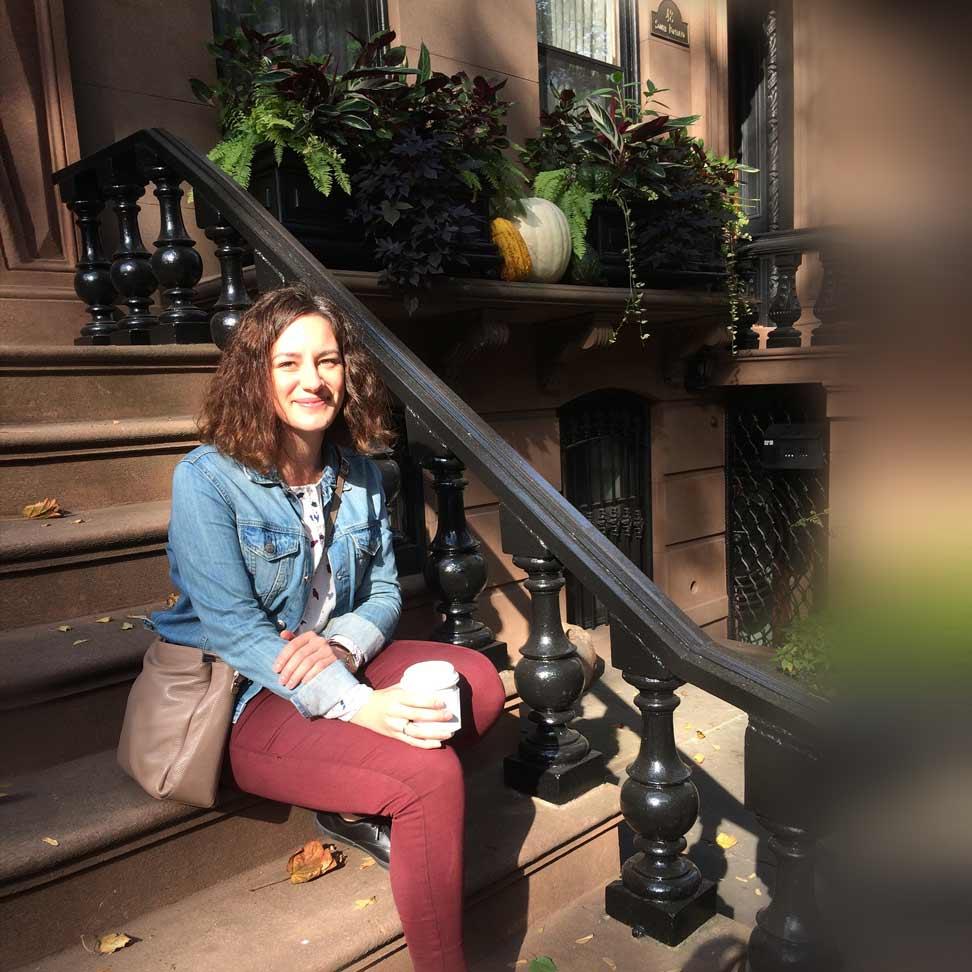Split down the middle by the Danube River, Budapest presents two cities in one. The contrast between hill-covered Buda, dotted with Habsburg Palaces and cobbled streets winding past baroque houses, and Pest’s grand boulevards, busy downtown and vibrant ‘ruin bars’, brings Budapest’s individuality to life. Strolling around this city, you might get a feeling of walking among royalty – and you’re not quite wrong to feel that. Together with Vienna, Budapest became the capital of the Austrian-Hungarian Empire in 1867, thus raising its status to an imperial city. Although this union collapsed in the aftermath of the first world war, the architecture still tells the story of a royal city. You can easily experience the Hungarian capital in a short space of time, say a long weekend. We show what to do in Budapest including where to stay on a three-day visit. Whether it’s scenic walks by the Danube, history-imbued tours or the up-and-coming ruin bars, this city has something for each taste.
Getting to know Buda
Take a scenic walk across the Chain Bridge © mararie / CC BY-SA 2.0
If you’re staying on the Pest side of town, grab a quick breakfast from one of the cafes around Deák Ferenc Square – like Mlinar, a Balkan bakery serving delicious flaky-pastries filled with tangy white cheese. Hop on the 16 bus all the way up to Dísz Square in the Castle District, or take the 105 bus, get off at the base of the hill and take the vintage funicular railway up the hill. For the scenic route, get off at the Pest side of the Chain Bridge and cross the Danube on foot via the stone suspension bridge.
Once up the hill, spend the morning at Buda Castle and immerse yourself in art at the Hungarian National Gallery, where you’ll get to see everything from winged Gothic altarpieces to abstract art created under the communist era. Make sure you head to the top floor and up to the famous cupola for a bird’s eye view of the city.
When you’ve had your fill of art, saunter over to the ivory-toned turrets of the Fisherman’s Bastion, a neo-Romanesque lookout built in the 19th century with sweeping views over the river. The neighbouring Matthias Church, built up since the 13th century into a patchwork of architectural styles and even used as a mosque at one point, is another must-see.
Stop by Matthias Church and admire the different architectural styles © collectingdistraction
If your stomach is grumbling, nearby Pest-Buda Bistro makes a good pit stop before you descend the other side of the hill for the Hospital in the Rock Nuclear Bunker Museum, a subterranean hospital used in both world wars, which also became a nuclear bunker during the cold war period. Tours in English run on the hour (with more scheduled during peak season), so plan accordingly. Make sure to save time for a cake-and-coffee stop at Ruszwurm, the city’s oldest functioning cafe.
Wind down through the tree-shaded streets and the hidden stone steps that slope down the hill towards the tram stop at Miko Street. Take the number 56 tram to Gellért Square and keep your eyes up as you pass Gellért Hill. Topped with its Habsburg citadel and the famous Liberty Statue, in the shape of a lady holding a palm leaf above the city, this is a view you don’t want to miss. On ground level, keep an eye out for the dome belonging to the Turkish Rudas Bath (access during weekdays is single sex only). Finally, walk up the Bartok Béla Avenue to discover one of Buda’s upcoming areas lined with trendy cafes, private galleries and fin de siècle buildings.
Book-lined Kelet Cafe and Gallery is a great spot for some Asian-inspired fusion cuisine. Alternatively cross the road to Szatyor, a quirky bistro with a mish-mash of eccentric art, or neighbouring Hadik, a renovated cafe once frequented by writers of the previous century.
Exploring downtown Pest
The majestic Budapest Parliament Building
Start the day with pancakes, scrambled eggs and French toast at Zoska Breakfast Cafe located a stone’s throw away from Astoria metro station. Once outside, take a look at the rugged stones left over from the old city wall just before you come to the fenced-in, yet public Károly Garden. This neighbourhood is ideal for getting to know the Hungarian design scene. Take a peek inside Paloma, a design collective housed in a courtyard, or, for a dose of fashion, wander over to Váci Street to Nanushka’s flagship store.
When you’re done shopping, stroll the Danube Banks, or hop on the number 2 tram and get off at Kossúth Lajos Square for the Hungarian Parliament Building. You can join a tour to see this neo-Gothic building from the inside, or simply explore its surroundings. Make sure you glance up to catch some exquisite examples of art nouveau buildings, like the mint-cream House of Art Nouveau or the scaled rooftop of the Postal Savings Bank decked out in green and yellow tiles. Further down you’ll come to St. Stephen’s Basilica, where it’s worth climbing the dome for its 360º view of the city. For lunch, try some contemporary farm-to-table Hungarian cuisine at Zeller Bistro.
Spend a couple of hours nursing a beer among mismatched furniture at Szimpla Kert © Nicolas Vollmer / CC BY 2.0
After you’ve taken a rest, head over to the Jewish District to Kazinczy Street. If you fancy some food before you hit the ruin pubs, the Street Food Karavan court is a good option. Go for the lángos, a deep-fried savoury dough topped with sour cream and cheese, or your usual classic burgers, including vegan options. Alternatively, try Bors Gastro Bar further down the road; they specialise in hearty soups and grilled baguettes. Expect to queue, but it’ll be totally worth it.
No trip to Budapest is complete without taking a peek inside Szimpla Kert, Budapest’s most famous ruin bar. Behind the plastic strips hanging from its crumbling door, you’ll find a wonderland housed inside an abandoned apartment block, furnished with mismatched chairs, fairy lights, diverse greenery, PC monitors and an old Trabant car. But if you want a less touristy experience, nearby Ellató Kert, hidden inside a courtyard topped with a network of rooms and tents, is a good alternative.
Chasing architectural gems around Andrássy Avenue
Join in and make a splash at the Széchenyi Baths © niels351
Grab brunch at Szimply, a tiny design-oriented breakfast place tucked in the Röser courtyard (a nine-minute walk south of Andrássy Avenue), serving seasonal sweet and savoury bites. Stock up on caffeine over at Kontakt right next door before heading over the road to the onion-domed Dohány Street Synagogue (closed on Saturdays for Shabbat). You can see inside Europe’s largest synagogue or continue straight to Deák Ferenc Square to the metro and take the Millennium line, continental Europe’s oldest underground, up to the collonaded Heroes’ Square.
Stroll across the square past the statues of Hungarian kings, cross the bridge to City Park, passing the Vajdahunyad Castle and its lake (which becomes an ice rink in winter), to the Széchenyi Baths. Make sure to pack your swimsuit, you won’t want to miss out on the water fun! Seeing as the natural spring water is hot, both the indoor and outdoor pools remain open throughout the entire year.
Once you’ve soaked in the steaming waters of one of Europe’s most beautiful baths, pop into one of the kiosks in the park for a light lunch or get some traditional family-style Hungarian food at Bagolyvár. If you’re feeling really fancy, take advantage of Gundel’s lunch menu, where even royalty has dined. Take the metro back to Kodály Körönd and explore the lower end of Andrássy Avenue, a Unesco World Heritage Site packed with architectural gems. You’ll pass the House of Terror Museum, the Hungarian State Opera, plenty of cafes and designer shops on the way.
The Hungarian State Opera is not to be missed © ibolyka1 / CC BY 2.0
Andrássy Avenue is also a great spot for dinner, like Kantin and Big Fish, or head into one of the side streets to Két Szerecsen or Menza. For post-dinner drinks, Boutiq’Bar is a must for cocktail lovers, or if you’re still hankering for grungy ruin bars, check out Anker’t located in a completely stripped down courtyard.
Where to stay in Budapest
Budget
Situated on the Danube just under Buda Castle, Art’Otel Budapest combines elegant contemporary design with convenient rates. However, if you want to find yourself in the heart of the inner city action, the Magazine Hotel and Apartments with its minimalist, industrial chic look lies only a block away from St. Stephen’s Basilica.
Mid-Range
Up in the Castle District, Baltazar is a design-oriented boutique hotel that comes with its own cocktail bar and grill restaurant. For unique design on the Pest-side, the Buddha-Bar Hotel Budapest Klotild Palace is a centrally located five-star hotel that still falls into the mid-range category.
High-end
Indulge in luxury at the Corinthia Hotel Budapest, just outside the Jewish District, or opt for the ultimate luxury overlooking the Chain Bridge and Buda Castle in the Four Seasons Hotel Gresham Palace.
Looking for more city breaks?
- Porto beyond the port: 3 days in Portugal’s northern capital
- A tale of two cities: a guide to coastal València
- Explore Vienna on two wheels


